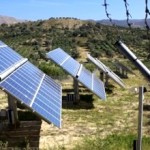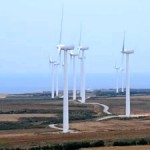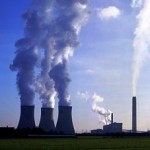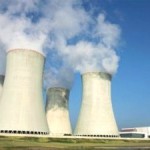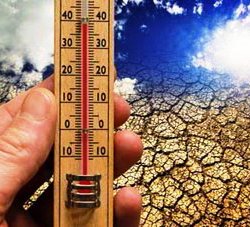 A report for the United Nations released on July 8 shows how the major emitting countries can cut their carbon emissions by mid-century in order to prevent dangerous climate change.
A report for the United Nations released on July 8 shows how the major emitting countries can cut their carbon emissions by mid-century in order to prevent dangerous climate change.
The report, produced cooperatively by leading research institutes in 15 countries, is the first global cooperative program to identify practical pathways to a low carbon economy by 2050. The Deep Decarbonization Pathways Project (DDPP) interim report was presented in a briefing on July 8 to UN Secretary-General Ban Ki-Moon, and the day after to the French Government, as host of the 2015 United Nations Framework Convention on Climate Change (UNFCCC) climate conference. The interim report supports the UN Climate Summit on September 23, 2014. The full DDPP report will be presented in the spring of 2015.
“The Deep Decarbonization Pathways Project report is an effort to demonstrate how countries can contribute to achieving the globally agreed target of limiting global temperature rise to below 2 degrees,” said Secretary-General Ban. “Ambitious national action is critical to averting dangerous climate change. This report shows what is possible.”
The report aims to help countries to set bold targets as they go into next year’s climate negotiations. It is issued midway in the project in order to support the deliberations at the UN Climate Summit on September 23. The report is a joint project of independent research teams in 15 countries, with around 30 participating scientific institutions. The countries include Australia, Brazil, Canada, China, France, Germany, India, Indonesia, Japan, Mexico, Russia, South Africa, South Korea, the United Kingdom and the United States.
The International Energy Agency (IEA) and the World Business Council on Sustainable Development (WBCSD) also brought their expertise to the project. These institutions convened under the auspices of the Sustainable Development Solutions Network, an initiative of Columbia University’s Earth Institute for the UN, and the Institute for Sustainable Development and International Relations, a non-profit policy research institute based in Paris.

“The world has committed to limit warming to below 2 degrees C, but it has not committed to the practical ways to achieve that goal,” said Jeffrey Sachs, Director of the SDSN and of Columbia University’s Earth Institute. “This report is all about the practicalities. Success will be tough – the needed transformation is enormous – but is feasible, and is needed to keep the world safe for us and for future generations. One key message is to invest in developing the low-carbon technologies that can make a difference.”
Despite the global pledge to keep warming below 2 degrees, the world is currently on a trajectory to an increase of 4 degrees or more. According to the 2014 Report of the Intergovernmental Panel on Climate Change (IPCC), such a rise would pose dangers that might exceed the ability of societies to adapt, including crop failures, drastic sea level rise, migration of diseases, and extinctions of ecosystems.
Some leading climate scientists, including the long-time NASA Chief Climate Scientist and now Columbia University Professor James Hansen, stress that even a 2 degree rise would pose great dangers, and that we should aim for less. But staying within the 2 degree limit is essential to maintain climate change within the boundaries of manageable risks.
The International Energy Agency’s Chief Economist, Fatih Birol, said, “The issue is to convince the world that the future is as important as the present. Paris 2015 may well be our last hope.”
The 15 national pathways all demonstrate the importance of three pillars for the deep decarbonization of energy systems:
(i) greatly increased energy efficiency and energy conservation in all energy end-use sectors (including buildings, transport and industry);
(ii) the decarbonization of electricity, achieved by harnessing renewable energy sources such as wind and solar, as well as nuclear power, and/or the capture and sequestration of carbon emissions from fossil fuel burning; and
(iii) replacing the fossil fuels that drive transport, heating and industrial processes with a mix low-carbon electricity, sustainable biofuels and hydrogen.

